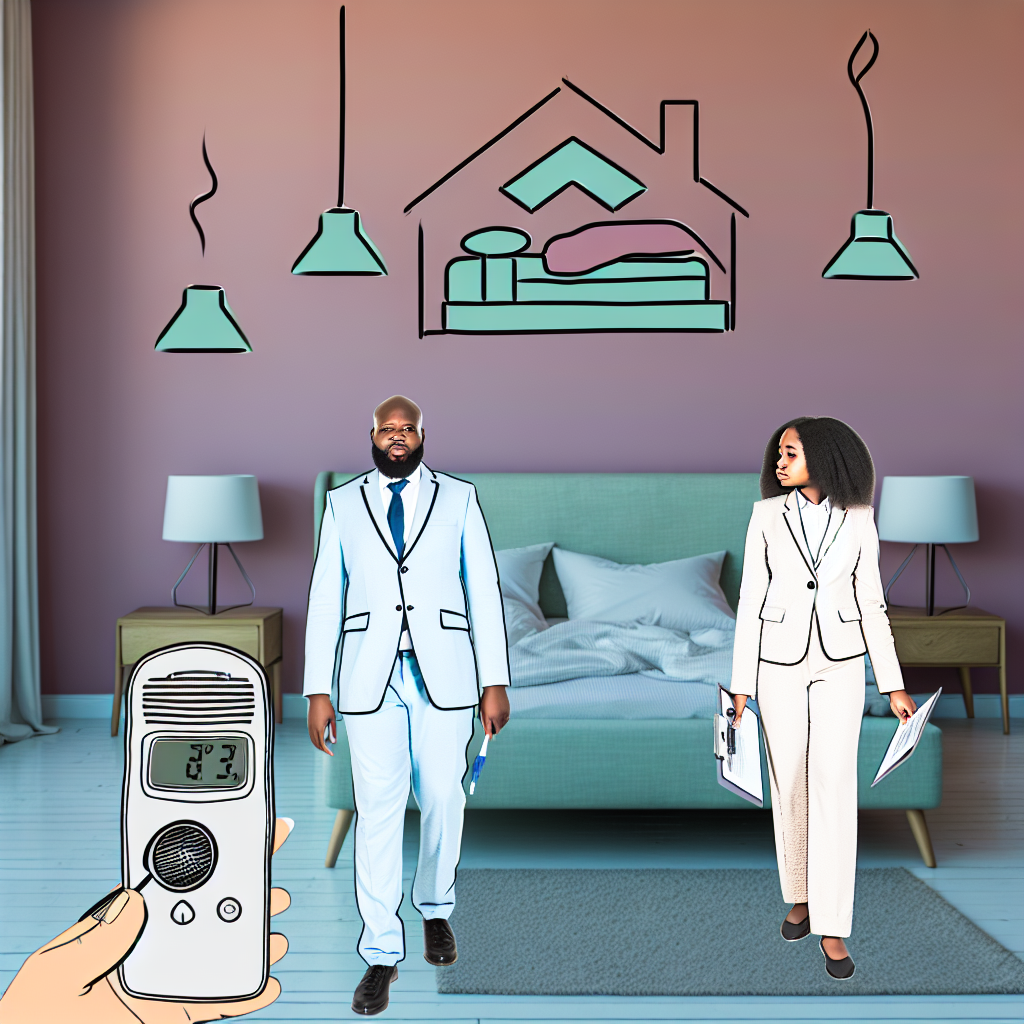Restless Leg Syndrome: Latest Treatments to Improve Sleep and Quality of Life
Introduction
Restless Leg Syndrome (RLS), also known as Willis-Ekbom disease, is a neurological disorder that affects millions of people worldwide. This condition is characterized by an uncontrollable urge to move the legs, often accompanied by uncomfortable sensations such as tingling, burning, or a crawling feeling. These sensations typically occur during rest or inactivity, particularly in the evening or at night, which can significantly disrupt sleep.
RLS can affect individuals of all ages, although it is more common in middle-aged and older adults. The severity of symptoms can vary, ranging from mild discomfort to severe pain that interferes with daily activities and overall quality of life. While the exact cause of RLS is not fully understood, research suggests it may be linked to genetics, iron deficiency, or dysfunction in the brain’s dopamine pathways. Certain medical conditions, such as kidney disease, peripheral neuropathy, and pregnancy, can also contribute to or worsen symptoms.
One of the most troubling aspects of RLS is the impact it has on sleep health. The constant need to move the legs makes it difficult for individuals to fall and stay asleep, leading to chronic sleep deprivation. Poor sleep quality resulting from RLS can lead to daytime fatigue, mood disturbances, and decreased cognitive function. If left untreated, RLS can contribute to serious long-term health consequences, including an increased risk of cardiovascular disease and metabolic disorders.
Fortunately, RLS is a manageable condition, and ongoing research continues to provide new and improved treatment options. From lifestyle modifications to advanced medical treatments, individuals suffering from RLS now have various strategies to alleviate their symptoms and improve their sleep health. This article will explore the latest treatments for Restless Leg Syndrome, including innovative medical therapies and emerging research findings that offer hope for those affected by this challenging disorder.
Breakthrough Medications and Emerging Drug Therapies for RLS
Pharmaceutical treatment for RLS has traditionally included dopamine agonists, such as pramipexole (Mirapex) and ropinirole (Requip). These drugs work by increasing dopamine activity in the brain, which helps regulate movement. However, long-term use of dopamine agonists can lead to a phenomenon known as augmentation, where symptoms worsen over time.
In recent years, there has been a shift toward alternative pharmacological treatments that reduce the risk of augmentation. Alpha-2δ calcium channel ligands, such as gabapentin enacarbil (Horizant) and pregabalin (Lyrica), have shown significant promise in clinical studies. A 2021 study published in *JAMA Neurology* found that gabapentin enacarbil was as effective as dopamine agonists in reducing RLS symptoms but with a lower risk of augmentation (source).
The Power of Iron Therapy for RLS Relief
Iron deficiency has long been associated with RLS, and recent research continues to highlight the importance of iron supplementation. Studies show that intravenous (IV) iron therapy may be more effective than oral supplementation for individuals with RLS and low iron levels. A 2022 clinical trial published in *Sleep Medicine Reviews* reinforced that IV iron significantly reduced RLS symptoms for extended periods (source).
Revolutionary Non-Pharmacological Treatments for RLS
Non-drug therapies are becoming increasingly popular for managing RLS, particularly for individuals who experience side effects from medication.
Simple Lifestyle Changes That Can Make a Big Difference
Simple changes in daily habits can play a crucial role in managing RLS symptoms. Regular exercise, particularly activities like yoga and stretching, has been shown to improve RLS symptoms by enhancing circulation and relaxing muscles. A study from *The Journal of Clinical Sleep Medicine* demonstrated that individuals who engaged in 30-60 minutes of moderate exercise daily experienced a significant reduction in RLS symptoms (source).
Maintaining proper sleep hygiene can also make a profound difference. Keeping a consistent sleep schedule, reducing caffeine and alcohol intake, and ensuring an optimal sleep environment (cool, dark, and quiet) can help minimize nighttime discomfort associated with RLS.
Cutting-Edge Neuromodulation and Device-Based Therapies
Medical advancements have led to the development of neuromodulation treatments for RLS. One such treatment is the Relaxis Pad, a vibration-based device approved by the FDA that helps alleviate RLS symptoms by providing counterstimulation. Clinical studies have found that devices like the Relaxis Pad can improve sleep quality and reduce nighttime leg movement (source).
Another promising area of research involves transcutaneous electrical nerve stimulation (TENS), where low-voltage electrical currents are applied to the affected areas to reduce discomfort. Preliminary studies indicate that TENS therapy may offer a drug-free approach to managing RLS symptoms effectively.
Natural Remedies and Dietary Strategies for Managing RLS
The Role of Diet and Nutrition in RLS Symptom Relief
Certain dietary and nutritional approaches have been explored to alleviate RLS symptoms. Magnesium and folate supplements have shown promise in reducing muscle cramps and nerve-related discomfort. Additionally, a 2023 study published in *Nutrients* suggested that an anti-inflammatory diet rich in leafy greens, nuts, and omega-3 fatty acids could potentially reduce RLS symptoms by decreasing systemic inflammation (source).
Can Herbal Remedies Help with RLS?
Herbal therapies, such as valerian root and chamomile, have also been studied for their potential sleep-enhancing benefits. While these natural remedies may provide mild relief, they should be used in conjunction with other treatments under medical supervision.
Conclusion: Hope for a Better Night’s Sleep
Restless Leg Syndrome is a complex and often frustrating condition that significantly impacts sleep quality and overall well-being. The good news is that ongoing research is continuously uncovering new treatments, offering hope to individuals struggling with this disorder. From advanced medications that reduce the risk of augmentation to innovative non-pharmacological therapies such as neuromodulation devices, patients now have more options than ever to manage their symptoms effectively.
Simple lifestyle modifications, such as regular exercise, proper sleep hygiene, and dietary adjustments, can also contribute to better symptom management. Meanwhile, cutting-edge medical advancements, including IV iron treatments and electrical stimulation therapies, highlight the future of RLS treatment.
If you or a loved one suffers from RLS, it is essential to seek professional medical advice to determine the best treatment plan. With the right approach, improving sleep health and overall quality of life is possible.
**Summary:**
Restless Leg Syndrome (RLS) is a neurological disorder that can significantly disrupt sleep and overall quality of life. This article explores the latest treatments for RLS, including breakthrough medications, emerging drug therapies, revolutionary non-pharmacological treatments, and natural remedies. From innovative medical advancements to simple lifestyle changes, individuals suffering from RLS now have more options than ever to manage their symptoms effectively and improve their sleep health.

Dominic E. is a passionate filmmaker navigating the exciting intersection of art and science. By day, he delves into the complexities of the human body as a full-time medical writer, meticulously translating intricate medical concepts into accessible and engaging narratives. By night, he explores the boundless realm of cinematic storytelling, crafting narratives that evoke emotion and challenge perspectives.
Film Student and Full-time Medical Writer for ContentVendor.com




